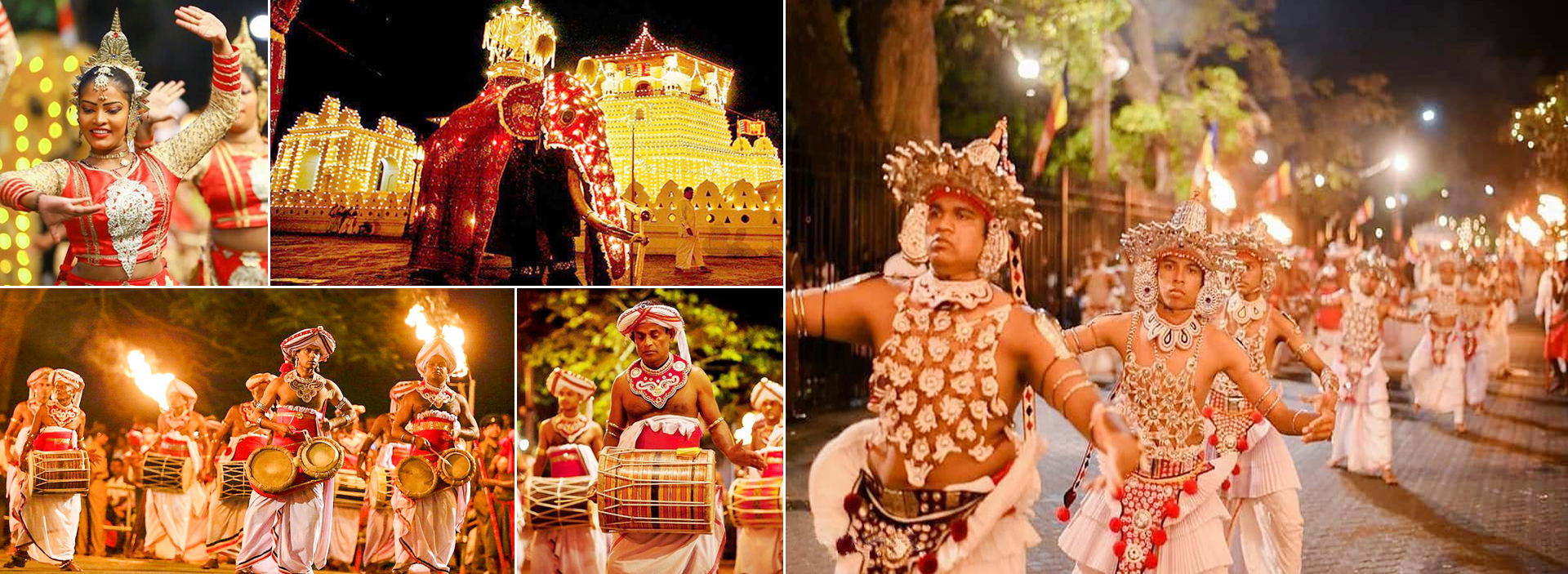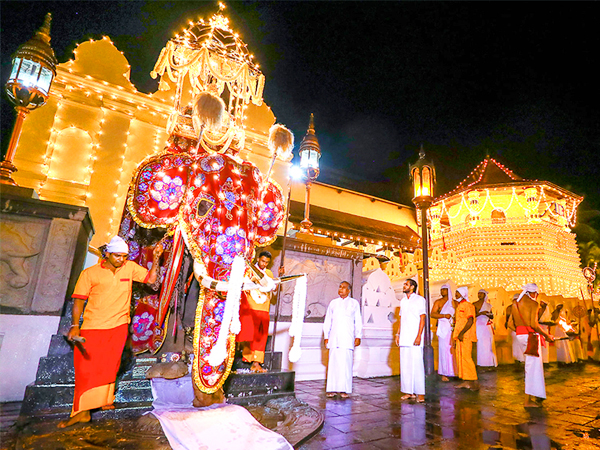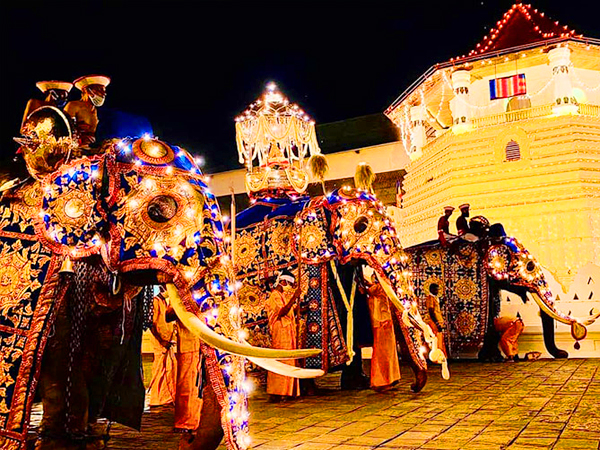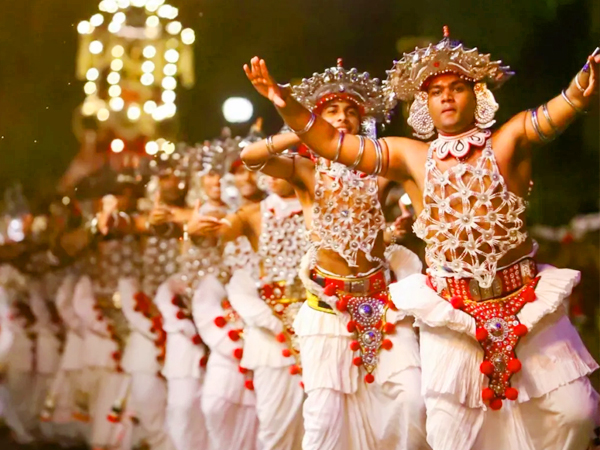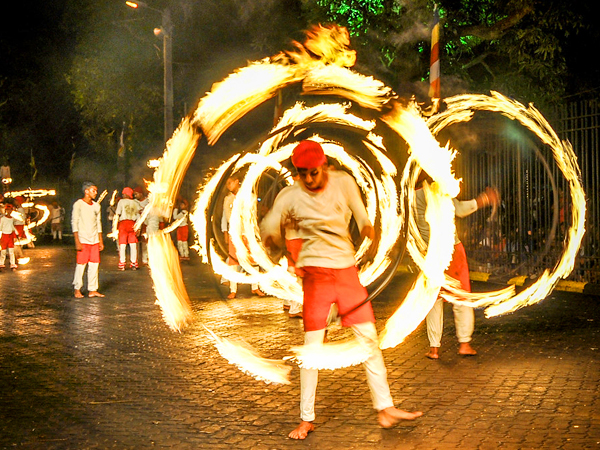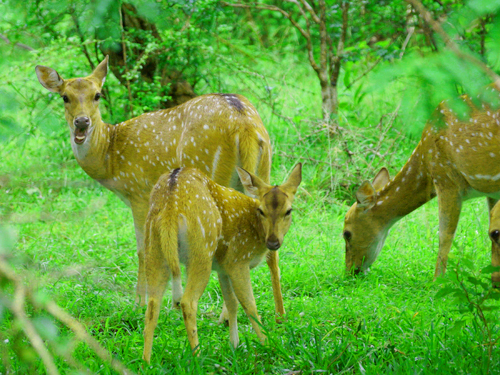Overview
The festival begins with the 1st Kumbal Perahera on 18th August 2026, a magical night that no visitor should miss. The streets of Kandy come alive with the rhythmic beats of hevisi drums, the flickering glow of flaming torches, and the measured steps of elaborately adorned elephants. This night features the sacred Kap Situweema ceremony, marking the spiritual foundation of the festival. Visitors experience the intimacy of early traditions, the elegant movements of Ves dancers, and the anticipation of the ten-day celebration ahead. Every moment is rich with cultural significance and devotion.
The first night of the Kumbal Perahera marks the humble beginning of the ten-day festival, setting the stage for the grandeur that will follow. As the sun sets over Kandy, a spiritual hush falls over the city, only to be broken by the rhythmic beats of hevisi drums and the sound of whip-crackers signaling the procession’s commencement.The Kap Situweema ceremony, held earlier, has already consecrated the event, and now the first elephants, adorned in simple yet elegant garments, step into the streets. Traditional dancers, including Ves dancers, sword dancers, and fire dancers, bring life to the night. The procession, though relatively modest, carries immense spiritual significance, as it is believed to purify the path for the days ahead. The golden casket, a symbol of the Sacred Tooth Relic, is carried on a decorated tusker, marking the beginning of a journey filled with devotion and tradition.
Devotees, young and old, line the streets, offering prayers as the scent of burning oil lamps and incense fills the air. The first night is particularly significant for children, as it is believed that witnessing the Kumbal Perahera from its inception will bless them with wisdom and protection.Though the 1st Kumbal Perahera is simpler compared to the later nights, it carries a distinct charm, allowing spectators to observe the cultural and religious elements in their purest form. The slow and methodical movements of the procession signify the awakening of the divine presence, promising prosperity and protection for all who bear witness.As the final beats of the drums fade into the night, the anticipation for the second night begins to build, ensuring that the spiritual energy of Kandy continues to grow with each passing day.

 Safe Travels
Safe Travels Français
Français Deutsch
Deutsch עִברִית
עִברִית Italiano
Italiano Nederlands
Nederlands Polski
Polski Pусский
Pусский Español
Español